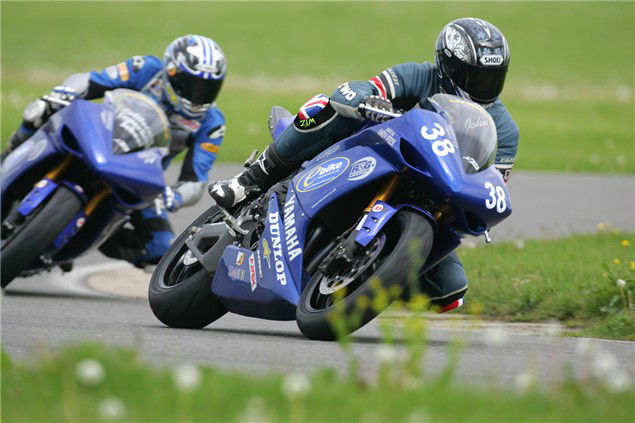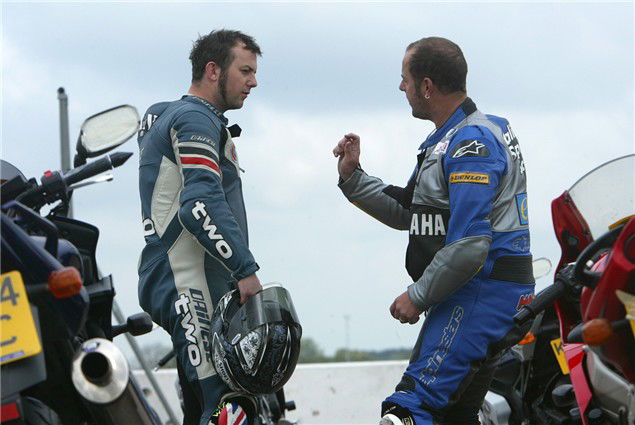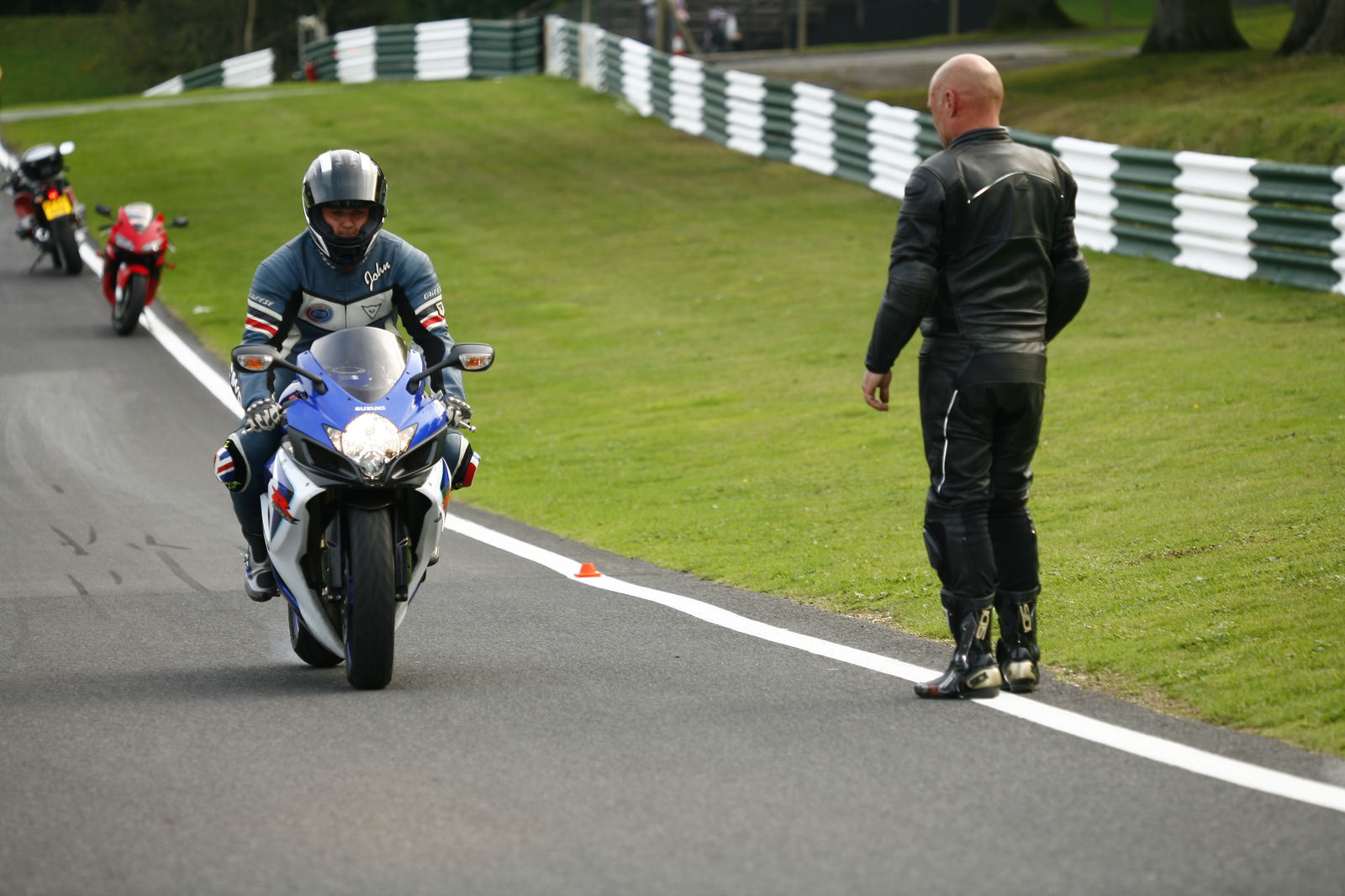Hogan's Heroes: California Superbike School
John Hogan learns the twist of the wrist at the California Superbike School

Preconception: I'm off to California!
Reality: Freezing Silverstone
What I learned: To think about my riding
The California Superbike School has been around for donkey's years peddling the biking equivalent of Caribbean voodoo, but it still holds a mythical quality in the eyes of riders. After all, who else offers to analyse the way you ride around a circuit and then makes you actually think about what you're doing on your bike? My personal experience on track is very limited. This time out would be my fourth time, so I'm really a complete novice and was looking forward to getting some more tuition.
Silverstone was threatening rain all day, making my pre-track nerves much worse. The course of a CSS day is very structured, the day broken up with five track sessions and five classroom-based tutorials. After about 10 minutes into the first tutorial I started to pick up on the vibe of the day, as chief instructor Andy Ibbott likes you to interact and really think about your riding. He achieves this by breaking a corner down into stages and analysing your performance in each part. Once you realise where you are going wrong you can begin to build a new approach to cornering. Andy's methodology comes across in a really relaxed manner, like a hippy that knows how to ride a bike properly and is keen to tell you how.
Rather than leaving the classroom each time yawning with boredom or feeling crestfallen at their own ability, people left feeling positive and looking forward to applying new skills.
Track sessions are as relaxed as the classroom stuff. I really liked the way that my instructor saw everything I did, either good or bad, but they keep their distance and I never got the impression that I was under scrutiny. After each ride you have a detailed debrief, and during the course of the day I knew I was going quicker and my confidence was greater, even though four out of five of the riding sessions were soaking and I was on a 162bhp R1. Andy's approach to instruction had worked, he was drawing from the feedback we gave him and delivering it back to us in easy-to-understand blocks.
Which is the main way in which CSS differs to the other schools I have been on. For example, with Ron Haslam the instruction is much more of a 'try this, follow me' type approach. You ride a session, the instructor gives you a few pointers, then you try and put them into practice the next session. With the CSS the classroom session explains why you should try something and even goes as far as encouraging you to take notes, which many riders do. It's much more of a longterm riding improvement programme with theories that can be applied at any track rather than the specific one you are at on that particluar day, making it unique.
It works for some and less so for others. It's similar to an IAM course which gives you the building blocks to become a faster rider, and it is then up to you to take these foundations and work on them. Don't expect to leave the CSS suddenly going 10 seconds a lap faster, expect to leave with a clear approach to your track riding and a list of drills that will make you a faster more confident rider on track.
Hero - Andy Ibbott
Ex-racer and ex-journo, Andy has ridden everything. Over the last decade he's been the UK arm of Keith Code's legendary California Superbike School, and like Keith tries not to take the serious business of going fast too seriously






